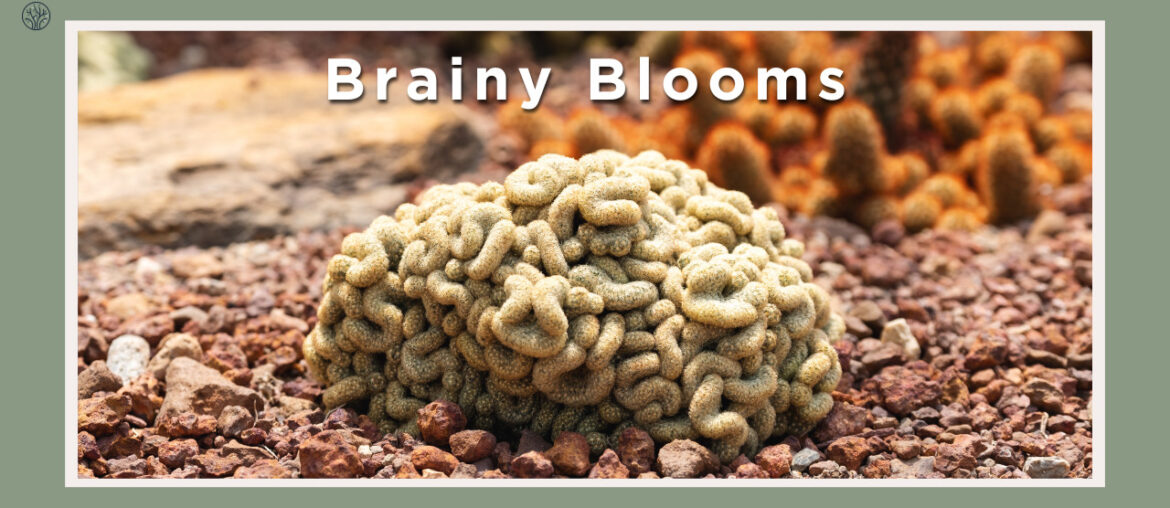Nature often surprises us with its astonishingly big and colorful leaves. It’s amazing how some flowers and plants have a remarkable resemblance to the human brain, both in their structure and form. This is not just a visual marvel, but also a reflection of the diversity and creativity of nature. In this blog, we will discover 10 flowers that look like a brain.
Key Takeaways
- Plants and fungi like Partridge Feather and Celosia Cristata, originating from diverse parts of the world, symbolize resilience and adaptability, with some even holding medicinal value.
- Species ranging from Rhodiola Rosea to Wave Cactus display unique brain-like appearances, adding visual intrigue and highlighting nature’s incredible diversity and creativity.
- These unique plants enhance both gardens and indoor spaces, serving as focal points in landscape design and interior decoration, while sparking conversations.
- Plants such as Scabiosa Atropurpurea are accessible to gardeners of all skill levels, allowing for the addition of eye-catching and distinctive elements to plant collections.
Partridge Feather (Tanacetum Densum Ssp. Amani)
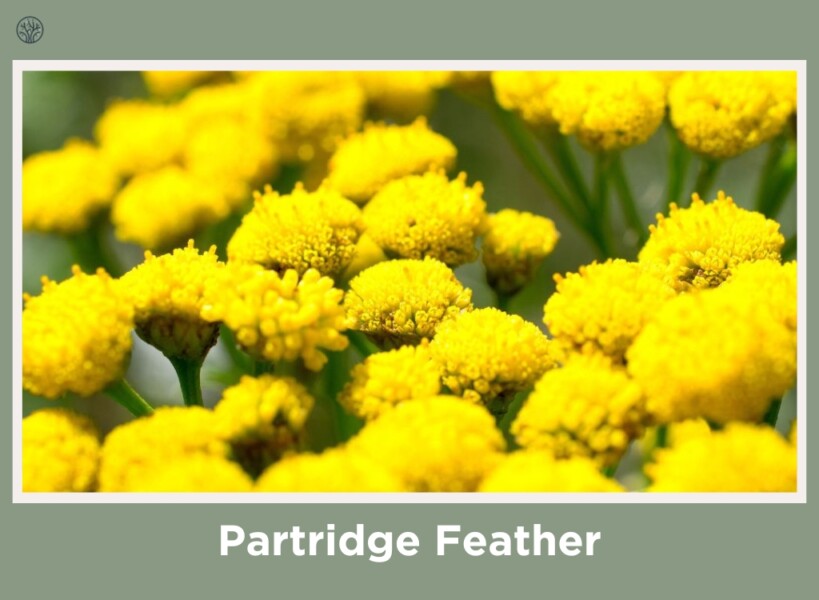
The Partridge Feather, or Tanacetum Densum Ssp. Amani is more than just a plant with a unique name. It’s a survivor, thriving where few plants can. Historically, it’s been a symbol of endurance, and a source of traditional remedies, showing a deep connection with the land and its people.
The most striking feature of the Partridge Feather is its foliage. It has silver-gray leaves that are soft to the touch and form a dense, cushion-like cluster. The leaves of the flowers look like the intricate folds of a brain, giving the plant a distinctive appearance. The Partridge Feather is a great choice for rock gardens or dry landscapes, as it adds a touch of wild and rugged beauty to any setting.
Celosia Cristata
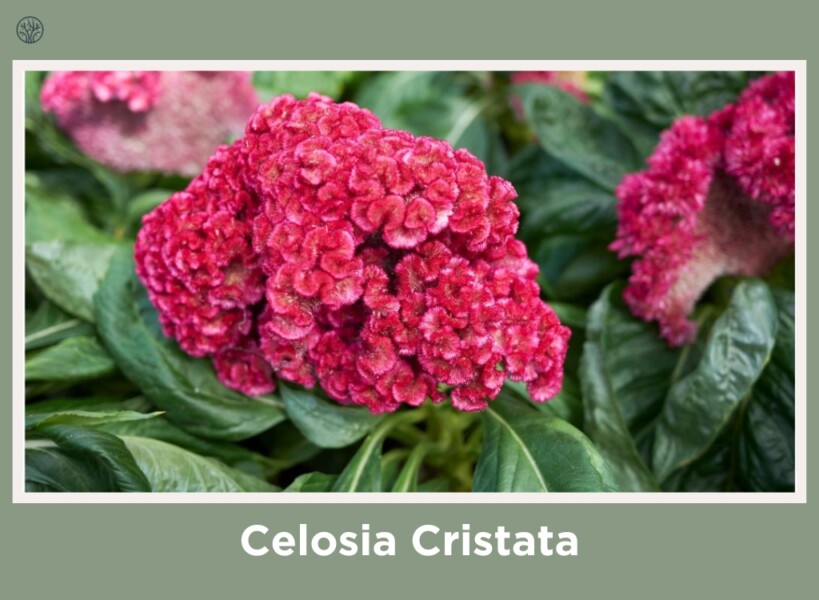
The Celosia Cristata, or the cockscomb, is a vibrant traveler from the tropics of Africa, Asia, and the Americas. It’s a plant that’s been around the block, finding its way into hearts and gardens across the globe. In various cultures, it’s a symbol of boldness and bravery, thanks to its vivid colors and hardy nature. Beyond its beauty, it’s been a staple in traditional healing practices, believed to hold various medicinal properties.
The Celosia Cristata has a stunning feature: its brain-like blooms. These flowers have a maze of wrinkles and folds that look just like a human brain. They come in a range of hot colors, such as reds, yellows, oranges, and pinks, making them a perfect choice for adding a splash of color to any garden. Not just a pretty face, its velvety texture and love for the sun make it a top pick for summer displays. As a cut flower, they are long-lasting and eye-catching, and they will surely impress anyone who sees them.
Tanacetum Bipinnatum
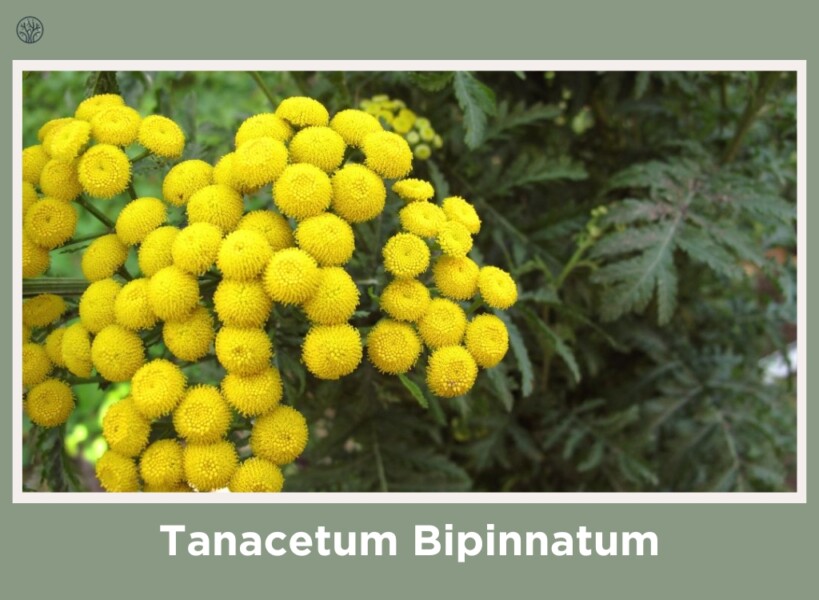
Tanacetum Bipinnatum may not have a long history like some other plants, but it has a lasting charm that makes it popular in native and cultivated gardens.
The beauty of Tanacetum Bipinnatum lies in its understated elegance. It has feathery, fern-like leaves and small, daisy-like flowers that add a touch of wild, natural beauty to any space. While its flowers may not look like a brain as much as some other plants in this list, its intricate leaf patterns and delicate structure show the complexity and beauty of nature’s designs.
Helichrysum Stoechas
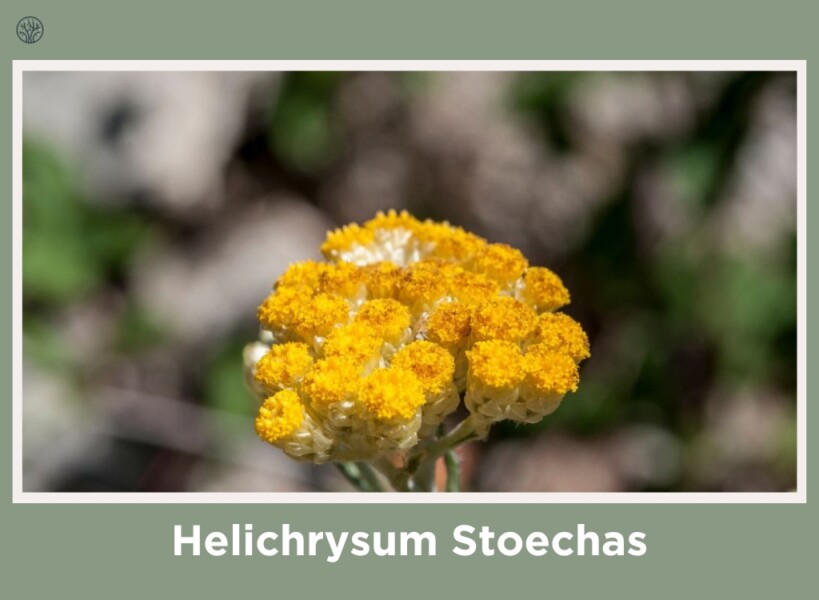
Helichrysum Stoechas is a plant that has been a part of traditional medicine and culture for centuries. It has been used for centuries in traditional medicine and culture, because of its beauty and its therapeutic properties.
The most amazing thing about Helichrysum Stoechas is its flower heads that look like miniature brains. These blooms, usually yellow or gold, are not only visually stunning but also aromatic, adding both visual and sensory appeal to gardens and natural landscapes. The plant can grow well in dry, sunny conditions, so it is easy to take care of and suitable for gardeners who want to bring a bit of the Mediterranean to their outdoor spaces.
Rhodiola Rosea
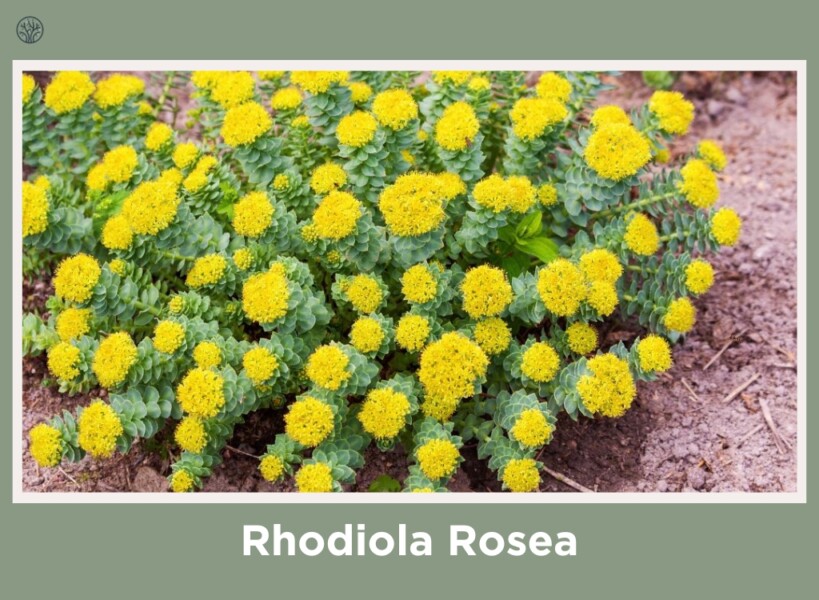
Rhodiola Rosea is a plant that grows in the cold, mountainous regions of Europe and Asia. It has been used for centuries in traditional medicine, because it can help people cope with physical and mental stress, making it a plant of significant historical and health importance.
The Rhodiola plant has fleshy, succulent leaves that look like a brain’s convolutions. While its yellowish-green flowers are not very noticeable, the real appeal lies in the leaves’ intricate patterns and textures.
Scabiosa Atropurpurea
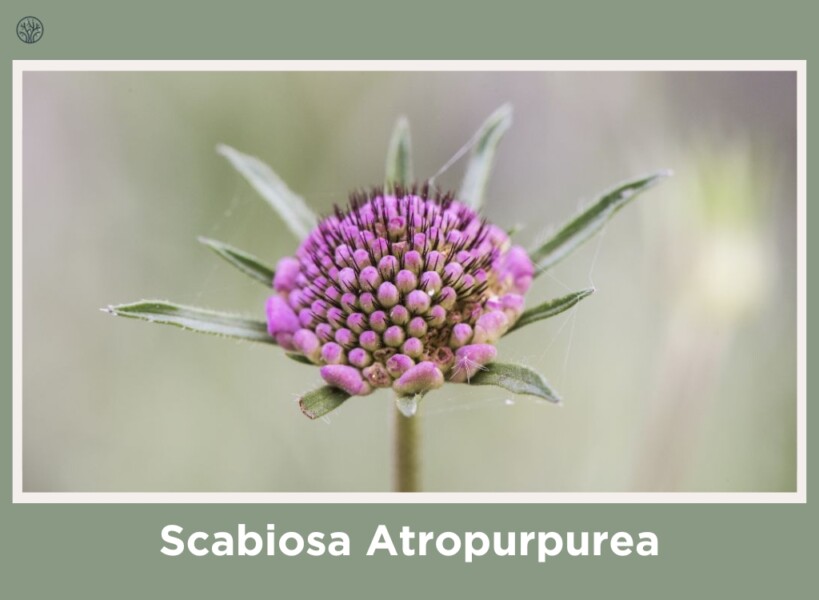
Scabiosa Atropurpurea is a plant that comes from the Mediterranean region with a long history in gardens and herbal medicine, because of its beauty and healing properties.
The charm of Scabiosa Atropurpurea lies in its unique flower heads. These blooms are usually purple, burgundy, or white, and they have a structure that looks like the folds of a brain. The flowers are on thin, wiry stems, which make them stand out from the soft, green leaves. This plant is popular among gardeners and florists because it is very attractive and it attracts pollinators. It adds both beauty and ecological value to any garden.
Cristata Cactus
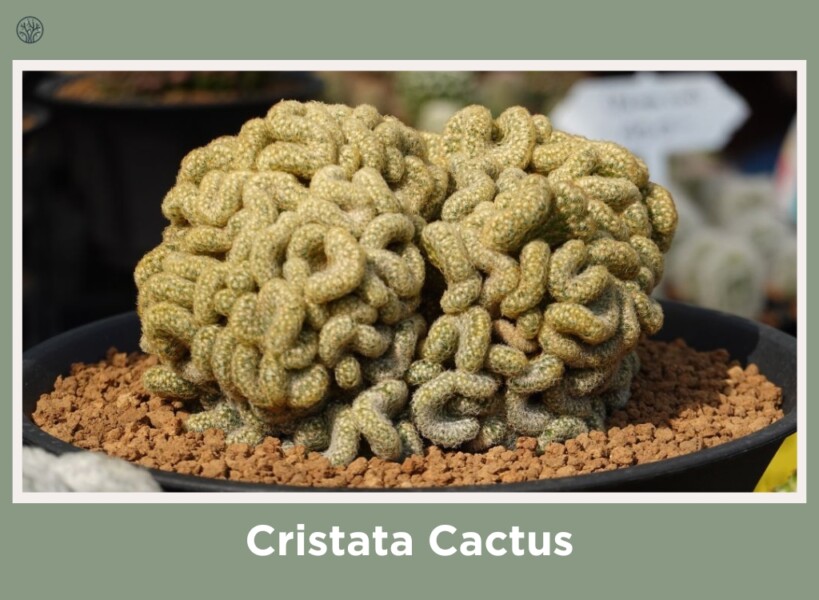
This plant is popular among gardeners and florists because it is very attractive and it attracts pollinators. It adds both beauty and ecological value to any garden. It is a symbol of resilience and adaptability, which are traits that cacti have.
What sets the Cristata Cactus apart is its ‘cristate’ or ‘crested’ growth form. Instead of growing straight, the stems twist and turn, creating convoluted, brain-like patterns. This growth is a result of a mutation, making each Cristata Cactus a unique piece of natural art. The stems are green and fleshy and often come with spines or flowers. They are very striking and attractive, and they are a great choice for any cactus collection or desert-themed garden.
Brain Puffball Mushroom
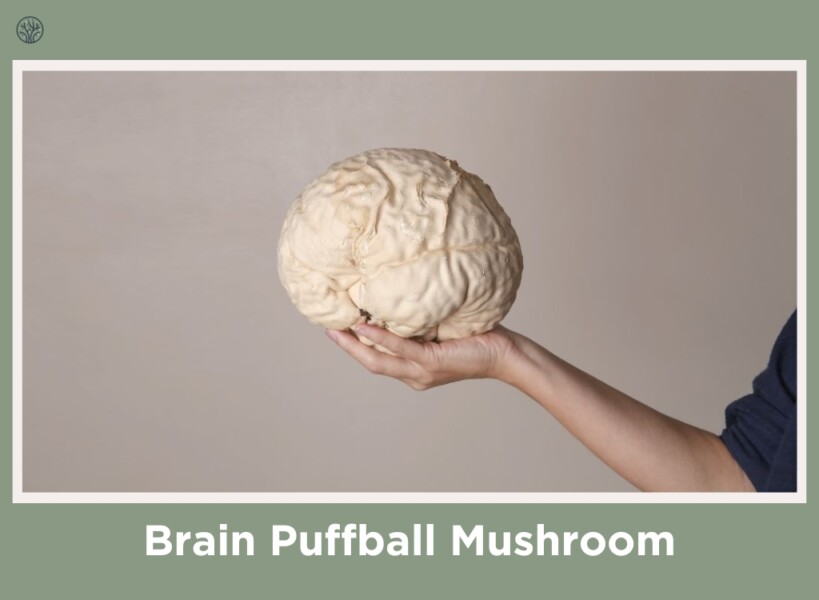
The Brain Puffball Mushroom is a species that grows in different parts of the world, especially in woods and grasslands. It is a mushroom that has a lot of interest for both scientists and nature lovers.
The Brain Puffball Mushroom is known for its convoluted, wrinkled surface, closely resembling the texture and folds of a brain. It is usually brown or tan, and it can be different sizes. Unlike many other mushrooms, the Brain Puffball doesn’t have a distinct stem or cap; instead, it’s almost entirely made up of a spore-producing body. This unique structure, along with its brain-like appearance, makes it a fascinating subject and a favorite for photographers and nature lovers.
Purple Jellydisc Fungus
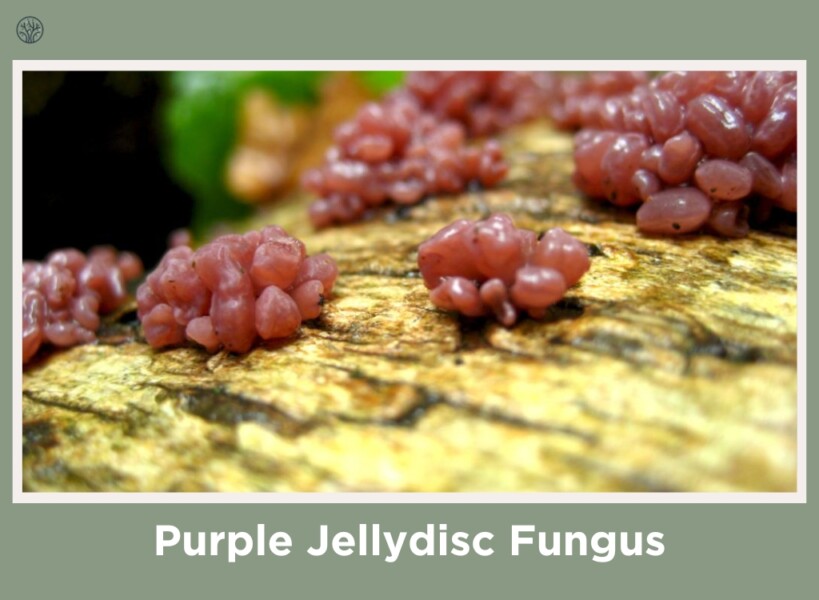
The Purple Jellydisc Fungus is a fungus that grows in temperate forests in North America and Europe. It lives on dead wood, and it helps the ecosystem by breaking down and recycling nutrients.
True to its name, the Purple Jellydisc Fungus is known for its striking purple color and jelly-like texture. The fungus forms small, disc-shaped structures that often cluster together, resembling a brain’s convoluted surface. These jelly discs are very beautiful and amazing, and they show how diverse the world of fungi is with their amazing forms and colors. Their unique appearance makes them a fascinating find for hikers, nature photographers, and anyone intrigued by the more unusual aspects of the natural world.
Wave Cactus
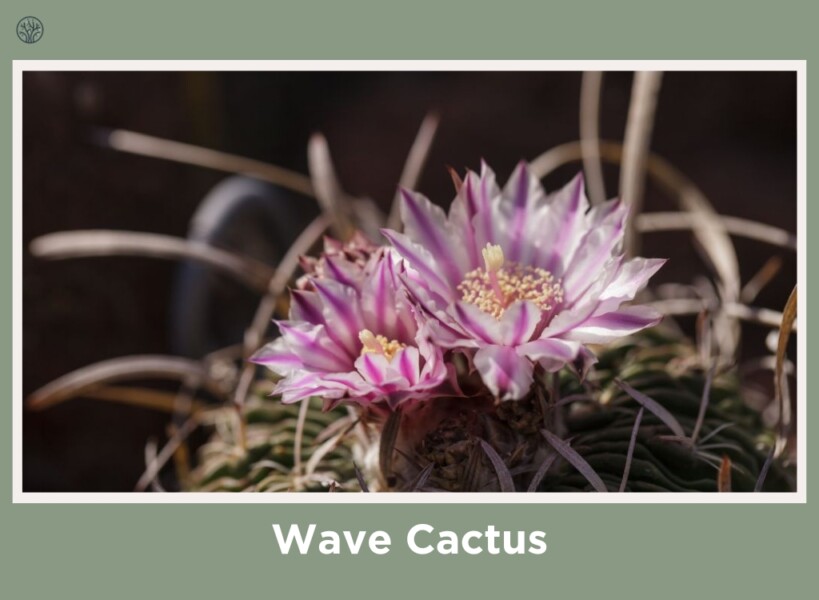
The Wave Cactus is a plant that comes from the deserts of Mexico. It is a symbol of survival and resilience because it can grow in dry, harsh conditions.
The Wave Cactus is characterized by its wavy, ribbon-like stems that twist and turn, creating patterns reminiscent of a brain’s folds. This unusual growth pattern is not just visually striking but also a smart way to survive in dry climates. The cactus has a green-to-blue-green color, and sometimes it has pink or purple shades. While it may bloom with flowers, it’s the stems are the most eye-catching part. The Wave Cactus is a great plant for people who appreciate the more unique and artistic specimens in the plant world.
FAQs
What house plant resembles a brain?
One of the best houseplants that look like a brain is the Celosia Cristata, also known as the brain flower or cockscomb. This plant has amazing blooms that have many folds and wrinkles, just like a human brain. Celosia Cristata is not only beautiful but also easy to take care of, so it is a great choice for indoor gardening lovers. Its bright colors and unique shape make any indoor space more fun and interesting.
Are there any flowers that resemble cauliflowers?
Some plants look like cauliflowers in their shape and texture. For example, the Romanesco Broccoli is a vegetable that has a fractal, spiral form, similar to the cauliflower’s structure. Another plant that has a cauliflower-like appearance is the Scabiosa Atropurpurea, also called the pincushion flower. It has flower heads that are densely packed and have a texture that resembles a cauliflower. These plants are not only interesting for their looks but also add a unique aesthetic to gardens and indoor spaces.
What’s the meaning behind flowers that look like a brain?
These plants often have symbolic meanings related to intelligence, complexity, and thoughtfulness. They are seen as symbols of creativity and mental prowess in different cultures because they reflect the intricate and fascinating nature of the human mind. They also have a unique and eye-catching appearance, which can symbolize standing out from the crowd and embracing one’s individuality. These brain-like flowers can be used to express admiration for someone’s intellect or to celebrate unique, creative thinking in the language of flowers.

